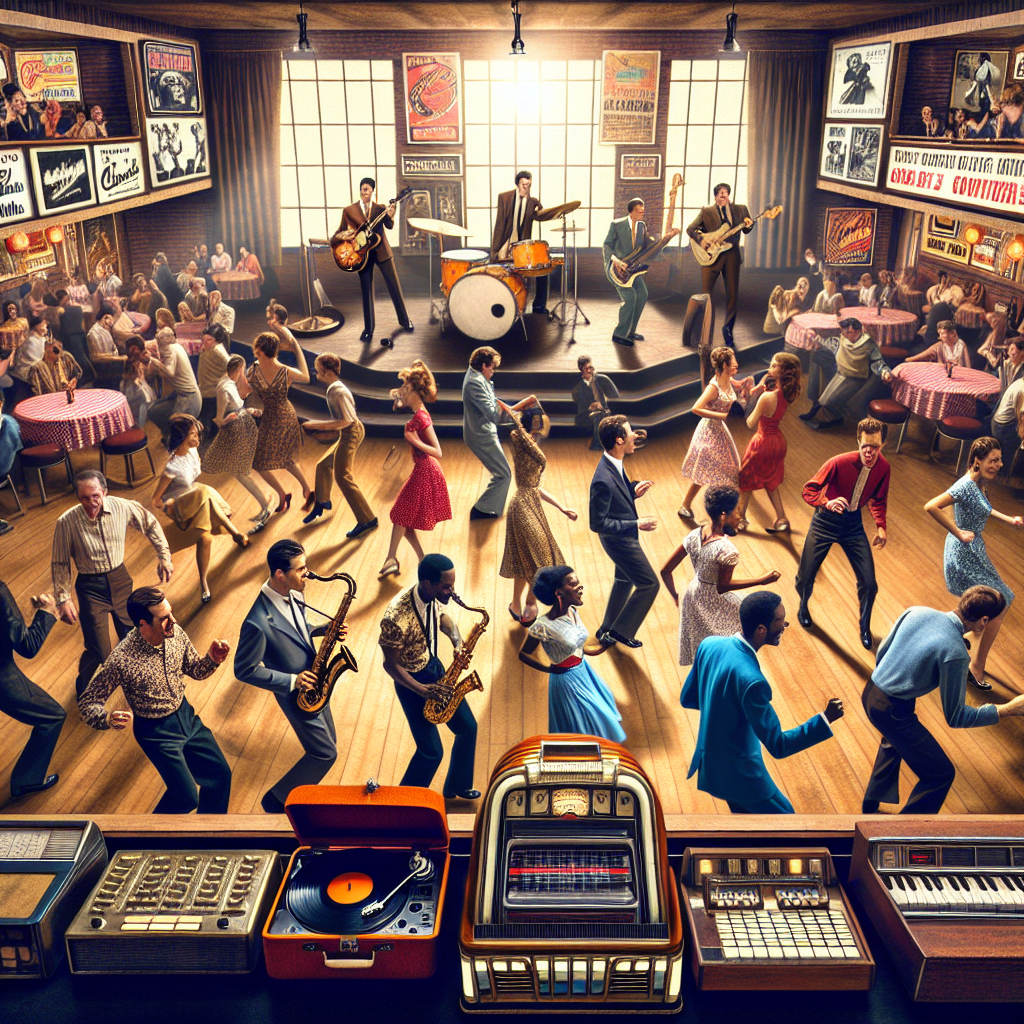The 1950s, 1960s, and 1970s were a time of immense cultural change in America. The music of these decades reflected the shifting attitudes and values of society, as well as advancements in technology and fashion. From doo-wop to disco, the diversity of music during this time period was truly remarkable.
One of the most significant aspects of music in the 50s, 60s, and 70s was its ability to bring people together. In a time when racial tensions were high and political divisions ran deep, music provided a common ground for people of all backgrounds to come together and enjoy something they loved. Doo-wop groups like The Platters and The Drifters brought harmony to a divided nation with their smooth vocal stylings and catchy melodies.
As the civil rights movement gained momentum in the 1960s, musicians began using their platform to address social issues. Artists like Bob Dylan and Joan Baez sang about peace, love, and equality, inspiring a generation to stand up for what they believed in. The music of this era became an anthem for change, with songs like “Blowin’ in the Wind” and “We Shall Overcome” serving as rallying cries for activists across the country.
The 1970s saw the rise of disco music, which brought a whole new energy to the dance floor. With its infectious beats and flashy outfits, disco became synonymous with fun and freedom. Artists like Donna Summer and The Bee Gees dominated the charts with their disco hits, creating a soundtrack for a generation that just wanted to dance their troubles away.
Music wasn’t the only aspect of culture that was changing during this time period. Fashion also played a major role in shaping the identity of these decades. From poodle skirts and leather jackets in the 50s to bell-bottom jeans and platform shoes in the 70s, each decade had its own unique style that reflected the spirit of the times.
Advancements in technology also had a profound impact on music during this era. The invention of electric guitars revolutionized rock ‘n’ roll, while synthesizers paved the way for electronic dance music. These technological innovations allowed artists to experiment with new sounds and push boundaries in ways that were previously unimaginable.
Politicians may have been divided during these decades, but music had a way of transcending political differences and bringing people together. Whether it was at Woodstock or Studio 54, music provided a space where everyone could come together and celebrate life in all its glory.
In conclusion, the diversity of music in the 50s, 60s, and 70s is a testament to the power of art to unite us all. From doo-wop to disco, each genre had its own unique voice that spoke to people from all walks of life. As we look back on these decades with nostalgia and fondness, let’s remember the impact that music had on our culture and society as a whole.


Get involved!
Comments